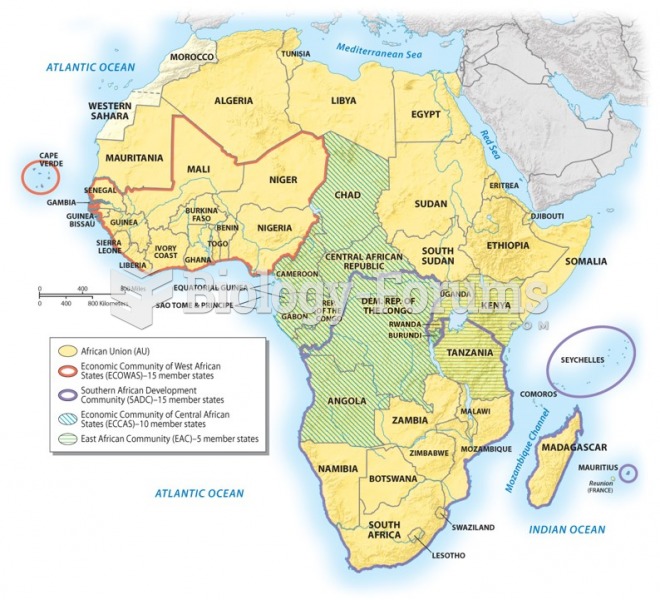Answer to Question 1
Educational opportunities and life chances are directly linked. Some functionalist
theorists view education as the elevator to social mobility. Improvements in the
educational achievement levels (measured in number of years schooling completed) of
the poor, people of color, and white women have been cited as evidence that students'
abilities are now more important than their class, race, or gender. From this
perspective, inequality in education is declining and students have an opportunity to
achieve upward mobility through achievements at school. Functionalists generally see
the education system as flexible, allowing most students the opportunity to attend
college if they apply themselves. In contrast, most conflict theorists stress that schools
are agencies for reproducing the capitalist class system and perpetuating inequality in
society. From this perspective, education perpetuates poverty. Parents with limited
income are not able to provide the same educational opportunities for their children as
are families with greater financial resources. Today, great disparities exist in the
distribution of educational resources. Because funding for education primarily comes
from local property taxes, school district in wealthy suburban areas generally pay
higher teachers' salaries, have newer buildings, and provide state-of-the-art
equipment. By contrast, schools in poorer areas have a limited funding base.
Answer to Question 2
Canada has a universal health care systema health care system in which all citizens
receive medical services paid for by tax revenues. In Canada, these revenues are
supplemented by insurance premiums paid by all taxpaying citizens. One
major advantage of the Canadian system over that in the United States is a significant
reduction in administrative costs. Canadians are allowed unlimited trips to the doctor,
and doctors can increase their income by ordering extensive tests and repeat visits.
The Canadian health care system does not constitute what is referred to as socialized
medicinea health care system in which the government owns the medical care
facilities and employs the physicians. Canada has maintained the private nature of the
medical profession. In 1946, Great Britain passed the National Health Service Act,
which provided for all health care services to be available at no charge to the entire
population. The government sets health care policies, raises funds and controls the
medical care budget, owns health care facilities, and directly employs physicians and
other health care personnel. The health care system in Great Britain does constitute
socialized medicine. Physicians receive payments from the government: a fixed annual
fee for each patient in their practice regardless of how many times they see the patient
or how many procedures they perform. They also receive supplemental payments for
each low-income or elderly patient in their practice, to compensate for the extra time
such patients may require. In China, after a lengthy civil war in 1949, the Communist
Party won control of the mainland. Malnutrition was prevalent, life expectancies were
short, and infant and maternal mortality rates were high. With a lack of both financial
resources and trained health care personnel, China needed to adopt innovative
strategies in order to improve the health of its populace. One policy was to develop a
large number of physician extenders and send them into the cities and rural areas to
educate the public regarding health and health care and to treat illness and disease.
Doctors who work in hospitals receive a salary all other doctors now work on a fee-
for-service basis. The cost of health care generally remains low, but the cost of hospital
care has risen accordingly, many Chinese, if they can afford it, purchase health care
insurance to cover the cost of hospitalization.







